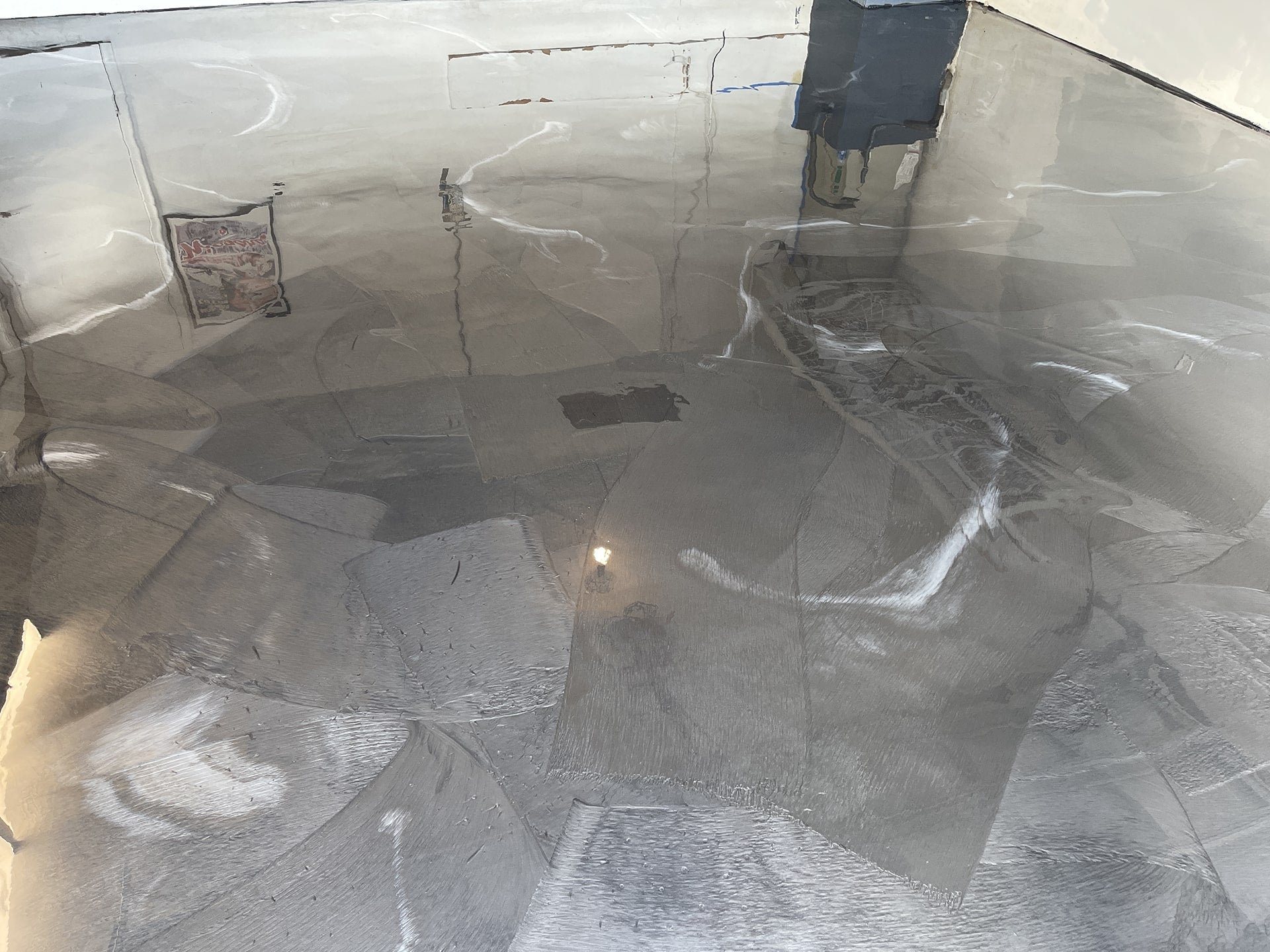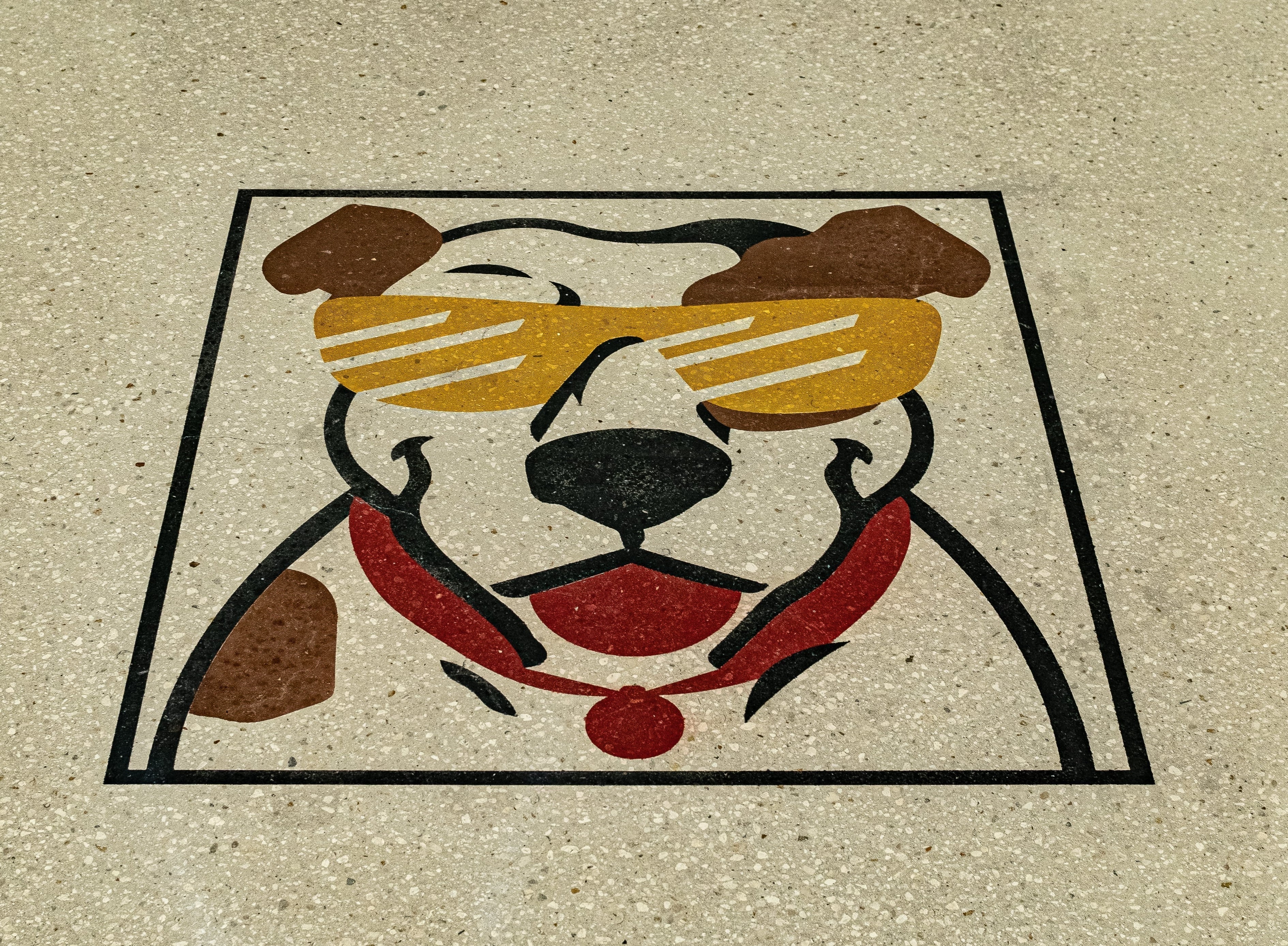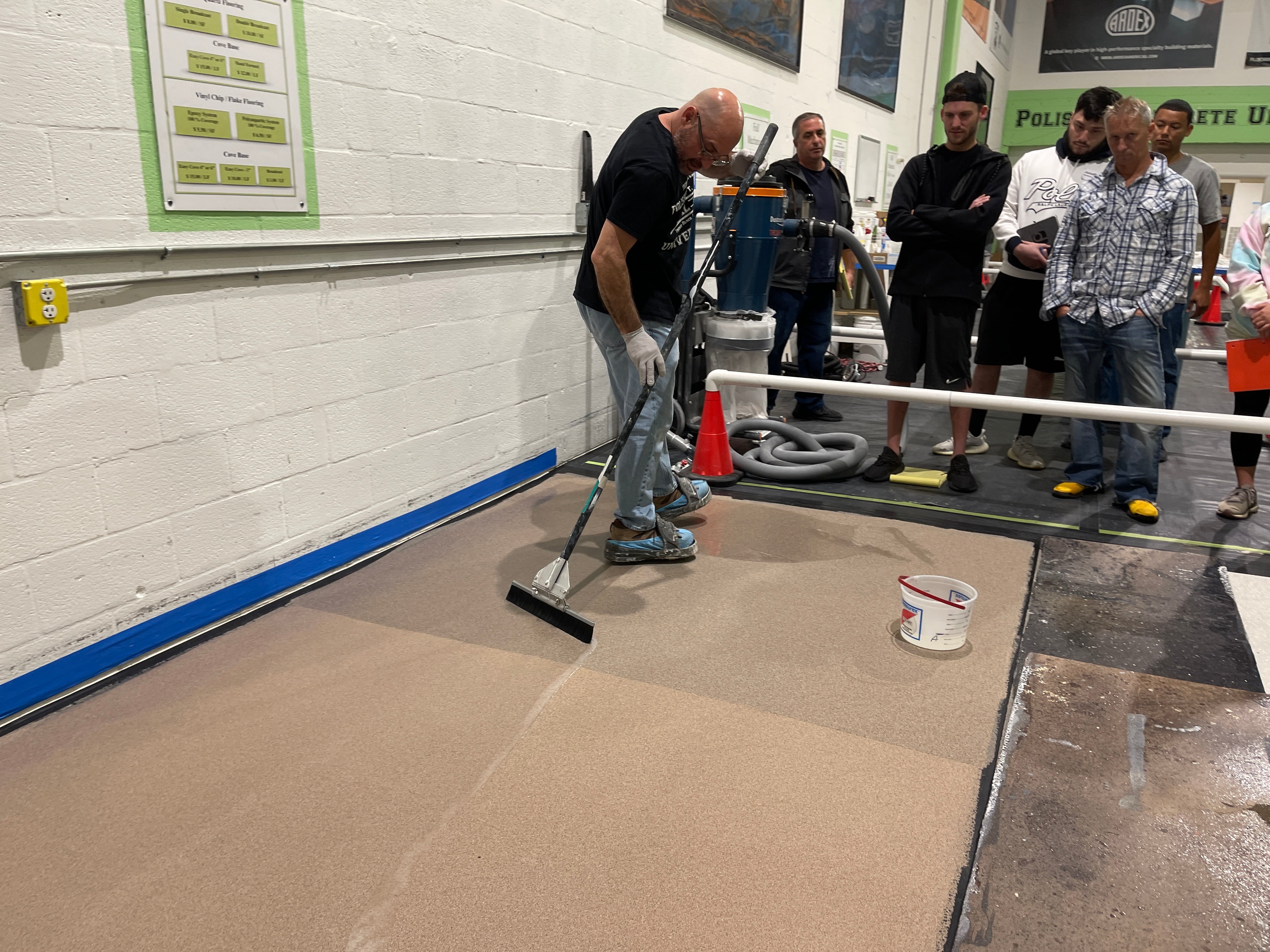
How To Avoid Common Epoxy Installation Mistakes (2021)
When it comes to installing epoxy flooring, there are some very common mistakes that will wreak havoc on the floorings durability. Fortunately, all of these mistakes can be easily avoided and this article will help you do exactly that.
Epoxy Will Not Spread
Having epoxy that will not spread, or is very difficult to spread, is a very common mistake that happens when installing epoxy. Typically, there are only two reasons as to why epoxy will not spread over the surface; letting the epoxy sit too long before applying or not mixing to the manufacturers specifications.
Letting epoxy sit too long before spreading is the main reason that it will not spread easily and evenly over the surface. Epoxy starts to harden as soon as parts A and B are mixed together and so time if of the essence after the mixing begins. Some epoxies cure at different rates and so making sure to follow the manufacturer’s specifications is imperative to ensure adequate application time.
In addition to letting the epoxy sit for too long, another reason that it will not spread is not mixing it per the manufacturer’s instructions. Each manufacturer has different mixing ratios that can range from 1:1 to 3:1, and higher. If you incorrectly mix the epoxy, it will either cure too quickly or become too thick and not spread over the surface evenly and easily.
Bubbles In The Epoxy
Another major installation mistake that people face is having bubbles in the epoxy form during the mixing process. Although there are always ways to remove the bubbles after application, it is easier to remove them before you go to apply it. Whenever you stir epoxy too vigorously, air bubbles will form. To avoid this, stir the epoxy with a wooden paint stick in smooth, circular motions at a low speed. This will keep the air bubbles to a minimum, if not completely remove them.
If you notice air bubbles in the surface after the epoxy has fully set, lightly sand the surface to remove them.
Epoxy Does Not Cure
Having epoxy that does not fully cure is another common mistake that plagues installations everywhere; especially is notoriously cold climates. Be sure to set the temperature in your installation space to the appropriate temperature before you try and spread the epoxy. When the air temperature or surface temperature is too cold, the epoxy will not cure properly and remain sticky. Additionally, if Parts A and B are not properly mixed together for the appropriate amount of time, the epoxy will not cure as desired. Be sure to follow the manufacturer’s instructions fully and clearly to ensure a smooth installation.
Conclusion
Overall, even though these issues are very common, they are very easily avoidable with the right information. If you have any questions or concerns regarding products or installation techniques, feel free to reach out to one of our qualified epoxy specialists at (954)-799-6359.




